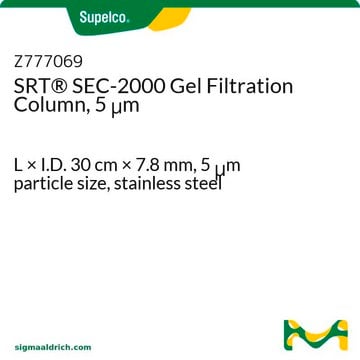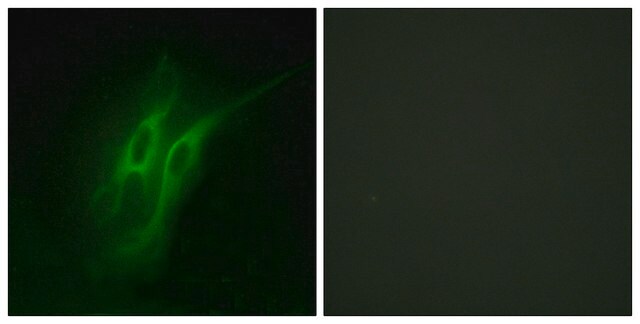810123P
Avanti
14:0-12:0 NBD PC
Avanti Research™ - A Croda Brand 810123P, powder
Synonym(s):
1-Myristoyl-2-[12-[(7-nitro-2-1,3-benzoxadiazol-4-yl)amino]dodecanoyl]-sn-Glycero-3-Phosphocholine
Sign Into View Organizational & Contract Pricing
All Photos(2)
About This Item
Empirical Formula (Hill Notation):
C40H70N5O11P
CAS Number:
Molecular Weight:
827.98
UNSPSC Code:
12352211
NACRES:
NA.25
Recommended Products
assay
>99% (TLC)
form
powder
packaging
pkg of 1 × 1 mg (810123P-1mg)
pkg of 5 × 2 mg (810123P-10mg)
manufacturer/tradename
Avanti Research™ - A Croda Brand 810123P
lipid type
fluorescent lipids
phospholipids
shipped in
dry ice
storage temp.
−20°C
General description
Phosphatidylcholine (PC) is the most abundant phospholipid in eukaryotes. It is the prime metabolite of glycerolipid metabolism and a vital component of the mucosal layer of the colon. NBD PC has 7-nitrobenz-2-oxa-1,3-diazol-4-yl (NBD) moiety attached to phosphatidylcholine.
Application
14:0-12:0 NBD PC has been used to prepare fluorescently labeled 1,2-dimyristoyl-sn-glycero-3-phosphocholine (DMPC) unilamellar vesicles (LUVs) for the measurement lipid mass distribution. It may also be used to determine in vitro Phospholipase D (PLD) activity.
Biochem/physiol Actions
7-nitrobenz-2-oxa-1,3-diazol-4-yl phosphatidylcholine (NBD PC) functions as fluorescent probe involved in the study of the biological membranes in cellular processes. It is a strong bilayer-forming lipid.
Packaging
5 mL Amber Glass Screw Cap Vial (810123P-10mg)
5 mL Amber Glass Screw Cap Vial (810123P-1mg)
Legal Information
Avanti Research is a trademark of Avanti Polar Lipids, LLC
Storage Class
11 - Combustible Solids
Certificates of Analysis (COA)
Search for Certificates of Analysis (COA) by entering the products Lot/Batch Number. Lot and Batch Numbers can be found on a product’s label following the words ‘Lot’ or ‘Batch’.
Already Own This Product?
Find documentation for the products that you have recently purchased in the Document Library.
Takeshi Yamaguchi et al.
Plant physiology, 150(1), 308-319 (2009-03-17)
Phospholipase D (PLD) plays an important role in plants, including responses to abiotic as well as biotic stresses. A survey of the rice (Oryza sativa) genome database indicated the presence of 17 PLD genes in the genome, among which OsPLDalpha1
Eric Oropeza-Guzman et al.
Langmuir : the ACS journal of surfaces and colloids, 35(50), 16528-16535 (2019-11-21)
We took advantage of the microflow hydrodynamics in the evaporation of sessile droplets to increase the height uniformity of thin lipid films for the subsequent electroformation of defect-free giant unilamellar vesicles (GUV). By serially casting progressively larger liposome suspension droplets
Luís M S Loura et al.
Biochimica et biophysica acta, 1778(2), 491-501 (2007-11-21)
We present a combined theoretical (molecular dynamics, MD) and experimental (differential scanning calorimetry, DSC) study of the effect of 7-nitrobenz-2-oxa-1,3-diazol-4-yl (NBD) acyl chain-labeled fluorescent phospholipid analogs (C6-NBD-PC and C12-NBD-PC) on 1,2-dipalmitoyl-sn-glycero-3-phosphocholine (DPPC) bilayers. DSC measurements reveal that <1 mol% of
César Botella et al.
Progress in lipid research, 65, 12-23 (2016-11-23)
In plant cells, phosphatidylcholine (PC) is a major glycerolipid of most membranes but practically lacking from the plastid internal membranes. In chloroplasts, PC is absent from the thylakoids and the inner envelope membrane. It is however the main component of
Jelske N van der Veen et al.
Biochimica et biophysica acta. Biomembranes, 1859(9 Pt B), 1558-1572 (2017-04-16)
Phosphatidylcholine (PC) and phosphatidylethanolamine (PE) are the most abundant phospholipids in all mammalian cell membranes. In the 1950s, Eugene Kennedy and co-workers performed groundbreaking research that established the general outline of many of the pathways of phospholipid biosynthesis. In recent
Our team of scientists has experience in all areas of research including Life Science, Material Science, Chemical Synthesis, Chromatography, Analytical and many others.
Contact Technical Service








